Besides the cold winters, the Pacific side of the Tohoku region has suffered from the cold-weather damage caused by the cold, moist winds of the Yamase that blow from spring to summer. The region faced difficulties in growing rice and cotton, but this is the reason for the unique landscape and the wisdom of daily life.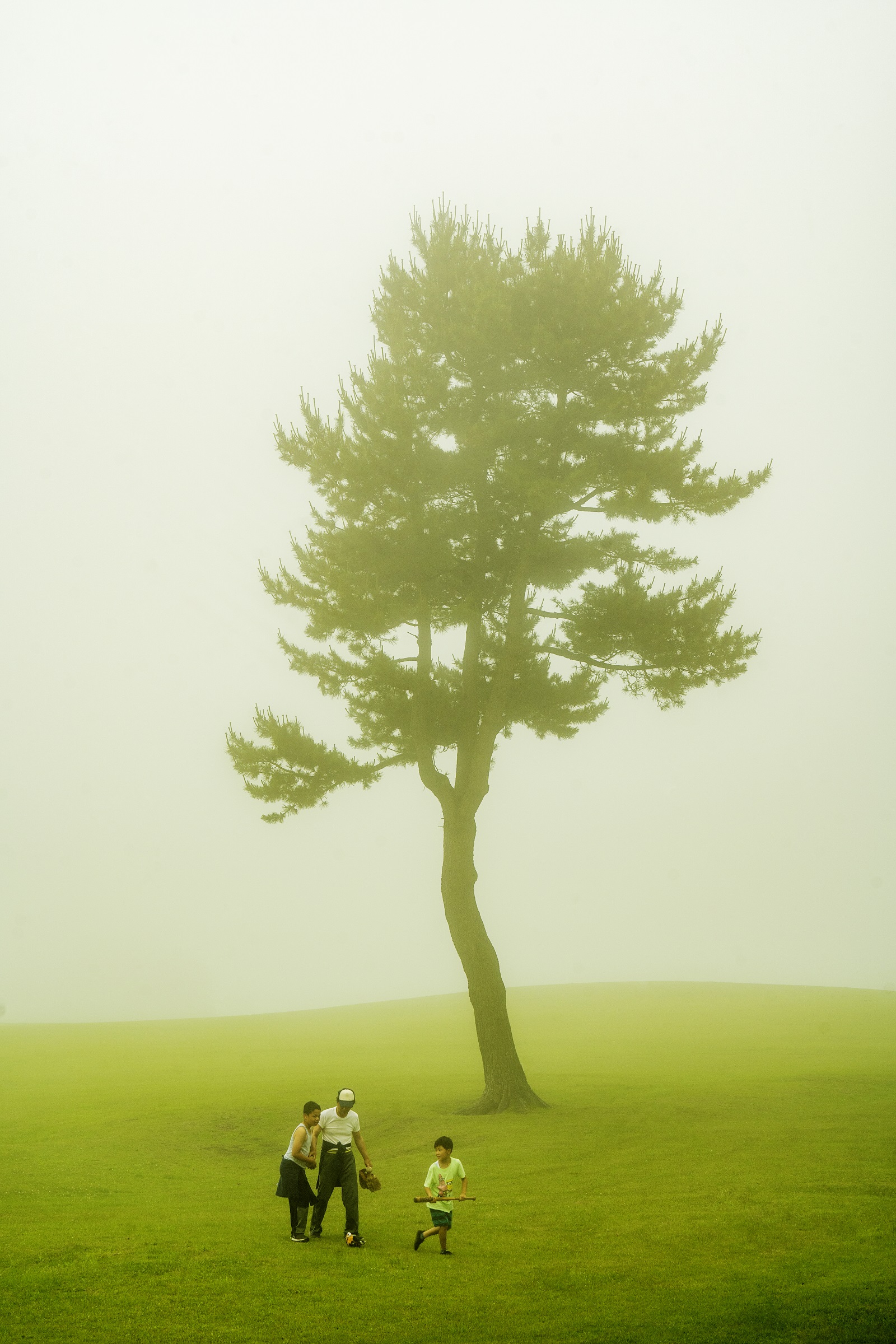
① Landscape
Nakasuka Flower Meadow
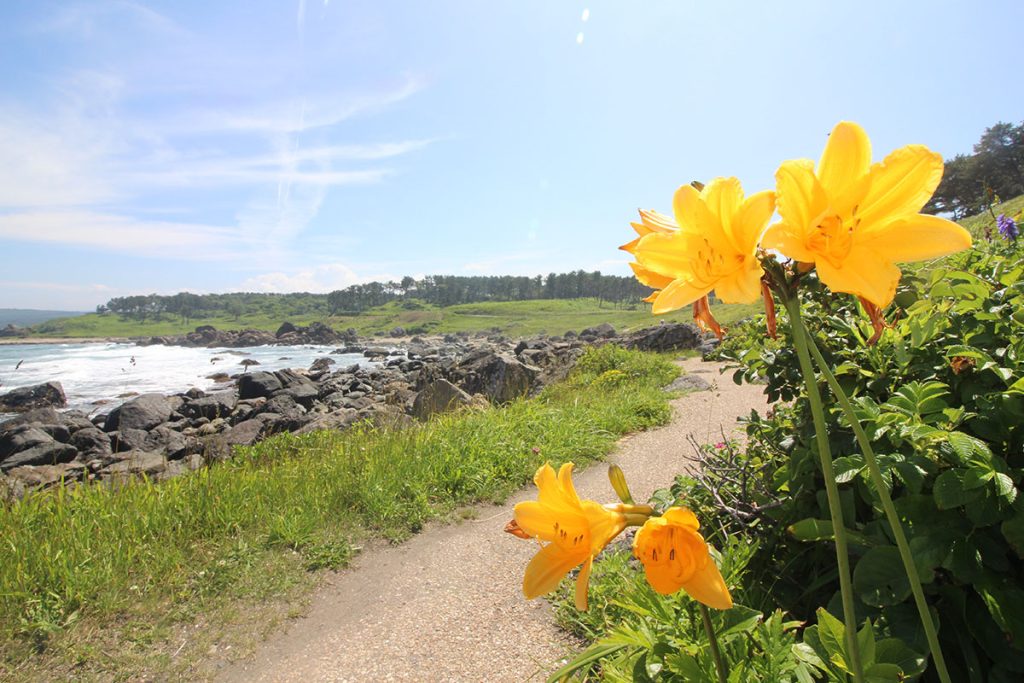
Coastal grasslands are formed mainly on the slopes of the coast from Samekado to the Nakasuka area. The area was once a horse pasture, and today in early summer, it becomes a beautiful flower meadow. Home to more than 650 species of coastal and alpine plants, from broad dwarf day lily to Japanese Iris. These vegetations along the coast are the result of the unique climate, with cold Yamase mountain air in the summer and little snowfall in winter. In particular, “Nakasuka” is among the most scenic spots with a wide variety of flowers. In particular, endemic species such as the “Hachinohe tohiren” (Hachinohe Saussurea) can only be seen here.
“Yodo-no-Matsubara” Pine Grove
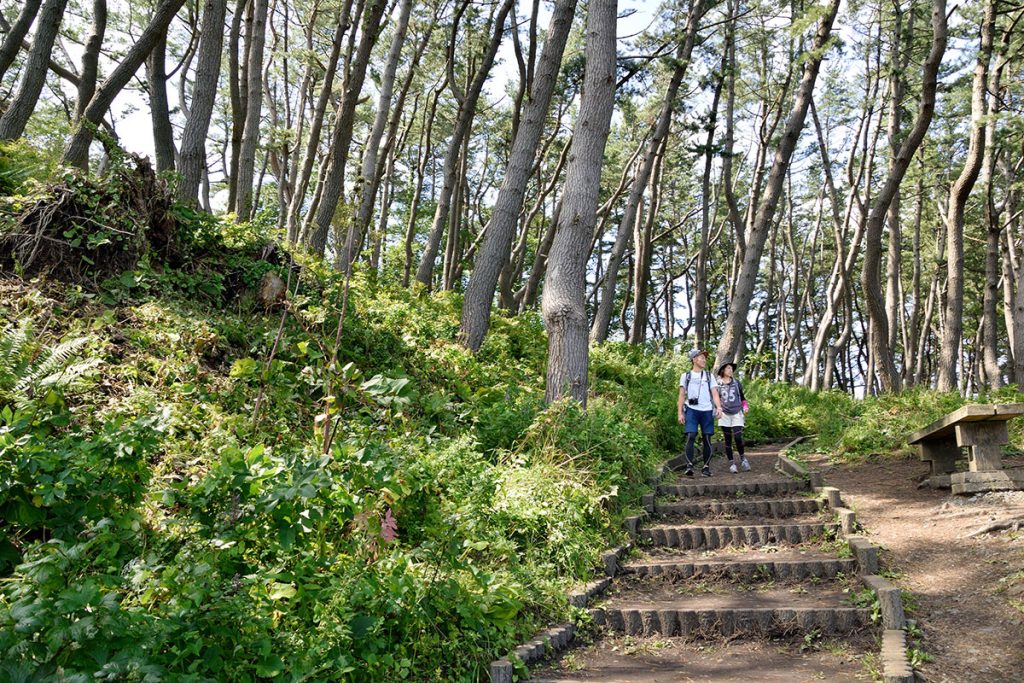
You can see the ocean through the trees at “Yodo-no-Matsubara” Pine Grove, and it was planted as “Uotsuki-rin” to encourage fish breeding. The trees are more than 100 years old and the pine grove stretches for 3 km. The black pine is resistant to salt damage and was also believed to have served the purpose of attracting fish and preserving fishing grounds. There are also deep highlights from the “Hermit Cave”, where some liked the view from the cave that they settled here long ago, the “Bat Cave”, where bats used to live, and the “Hell Hole”, which is said to be connected to Miyako City in Iwate Prefecture.
▶︎We recommend joining a trail tour to visit the Nakasuka Flower Meadow and “Yodo-no-Matsubara” Pine Grove
② Food
Hashikami Wase Soba (buckwheat noodles)
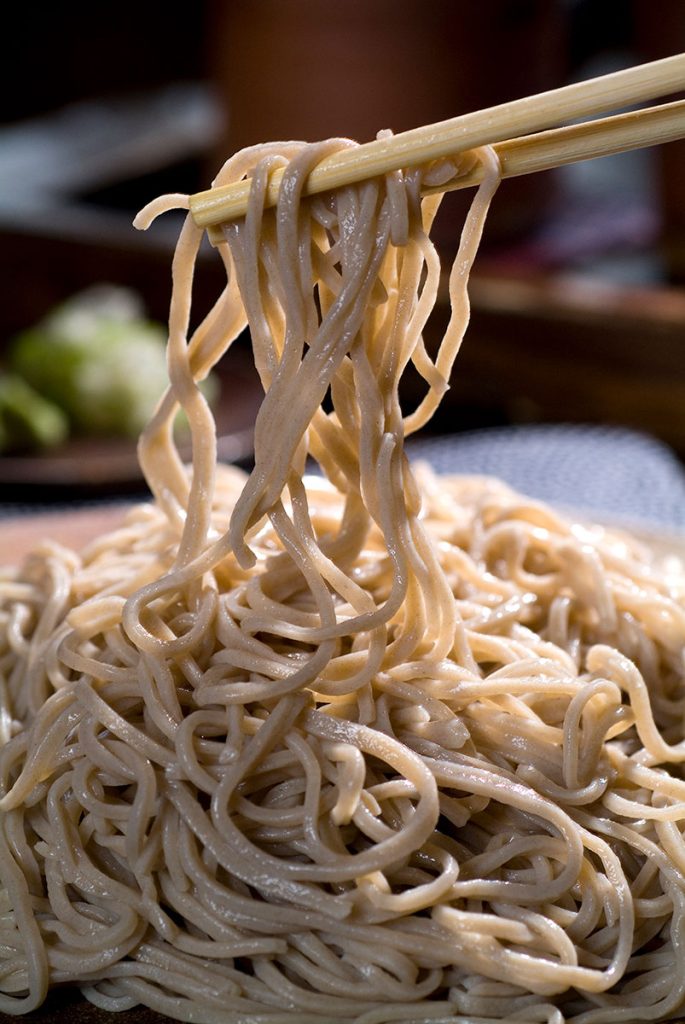
Since rice was hard to grow in Hashikami Town, Soba (buckwheat) which can flourish even in poor soil has been cultivated. Among them, “Hashikami Wase” is a native variety that is resistant to cold weather. It produces large, blackish-brown buckwheat seeds with a strong texture and aroma.
▶︎Click here for restaurants where you can enjoy Hashikami Wase Soba
③ Performing Arts/ Handicrafts
Enburi
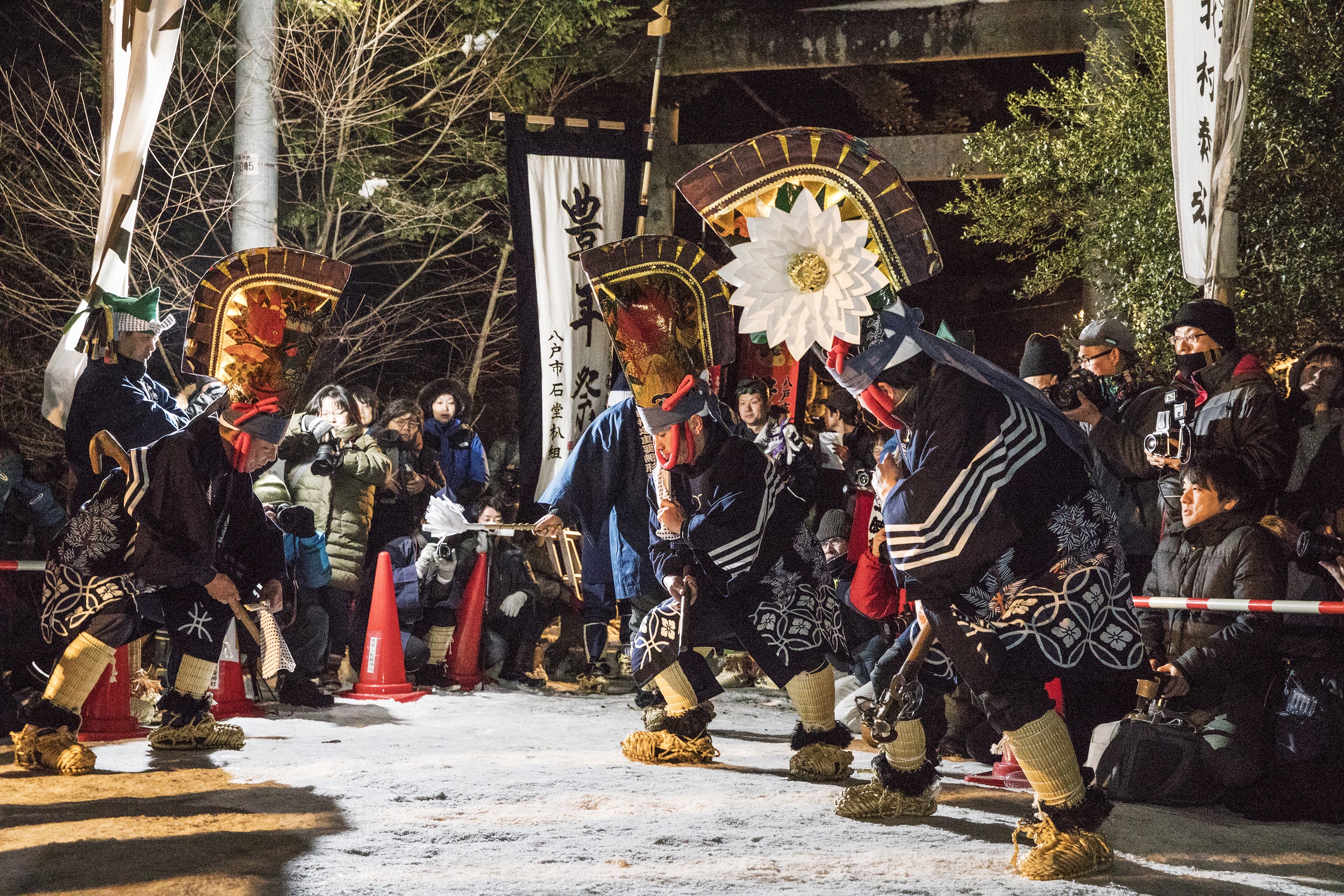
“Enburi” is a type of folk performing arts to pray for a good harvest. It is said to have developed as a result of having been plagued by poor harvests. The festival calls for the coming of spring by shaking up the deity of paddy fields, who has been asleep during the winter, to put his spirit into the fields. The Dayu dancers, wearing an Eboshi hat and carrying farming tools, perform a series of dances that depict the flow of rice cultivation from sowing to harvesting.
▶︎Click here for the Enburi schedule
Nanbu Sakiori
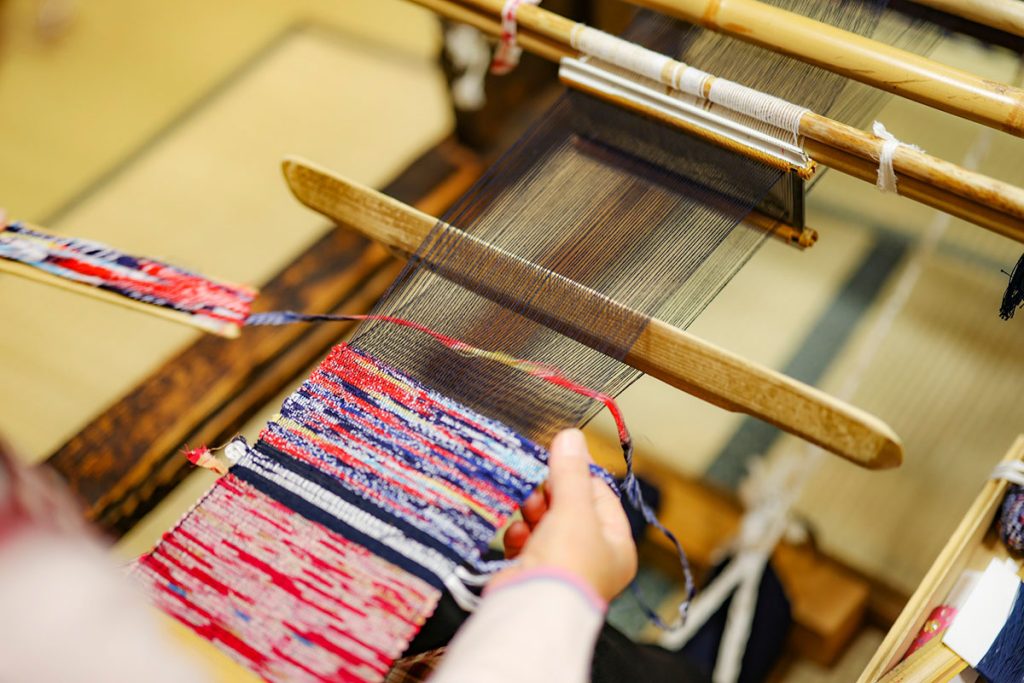
Since cotton was hard to grow, the technique of “Nanbu Sakiori” was developed in order to use the scarce and precious cloths with great care. Old kimonos and pieces of cloths are torn into strips and woven into a fabric, which is then recycled as clothing and daily necessities. The weft yarns torn from an old cloth have a distinctive texture, and the combination of these yarns creates a unique fabric.
▶︎Click here to experience and purchase Nanbu Sakiori (currently suspended due to the spread of novel coronavirus).
Nanbu Hishizashi
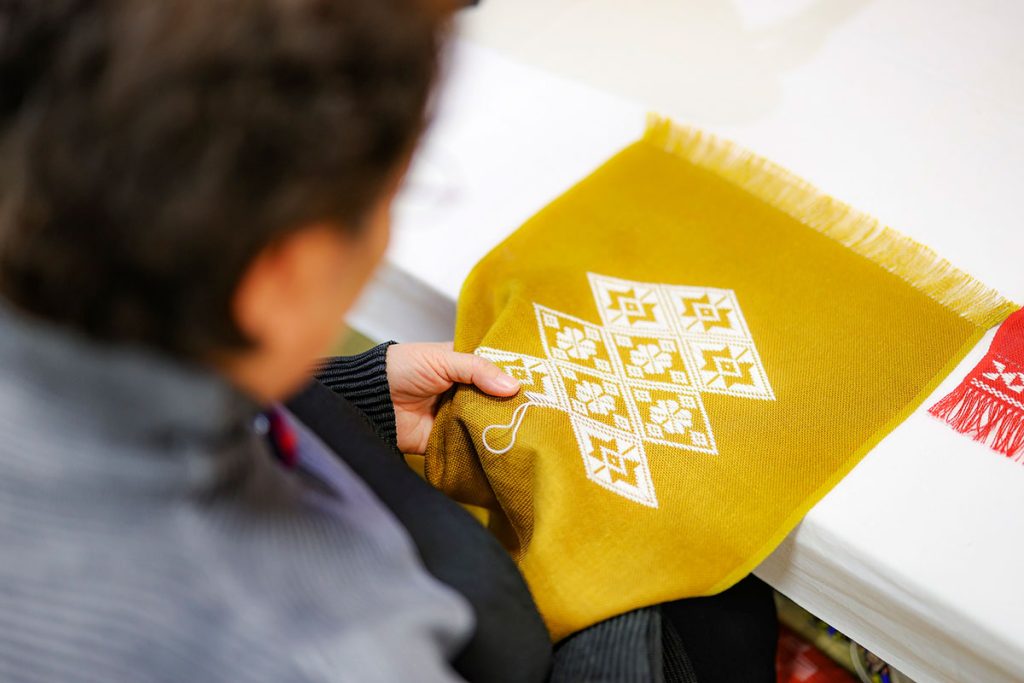
“Nanbu Hishizashi” is the wisdom of daily life, in which hemp threads are stitched on to strengthen and insulate the weft of the hemp cloth. Hundreds of different patterns have been created.
▶︎Click here to experience and purchase Nanbu Hishizashi (currently suspended due to the spread of novel coronavirus).
